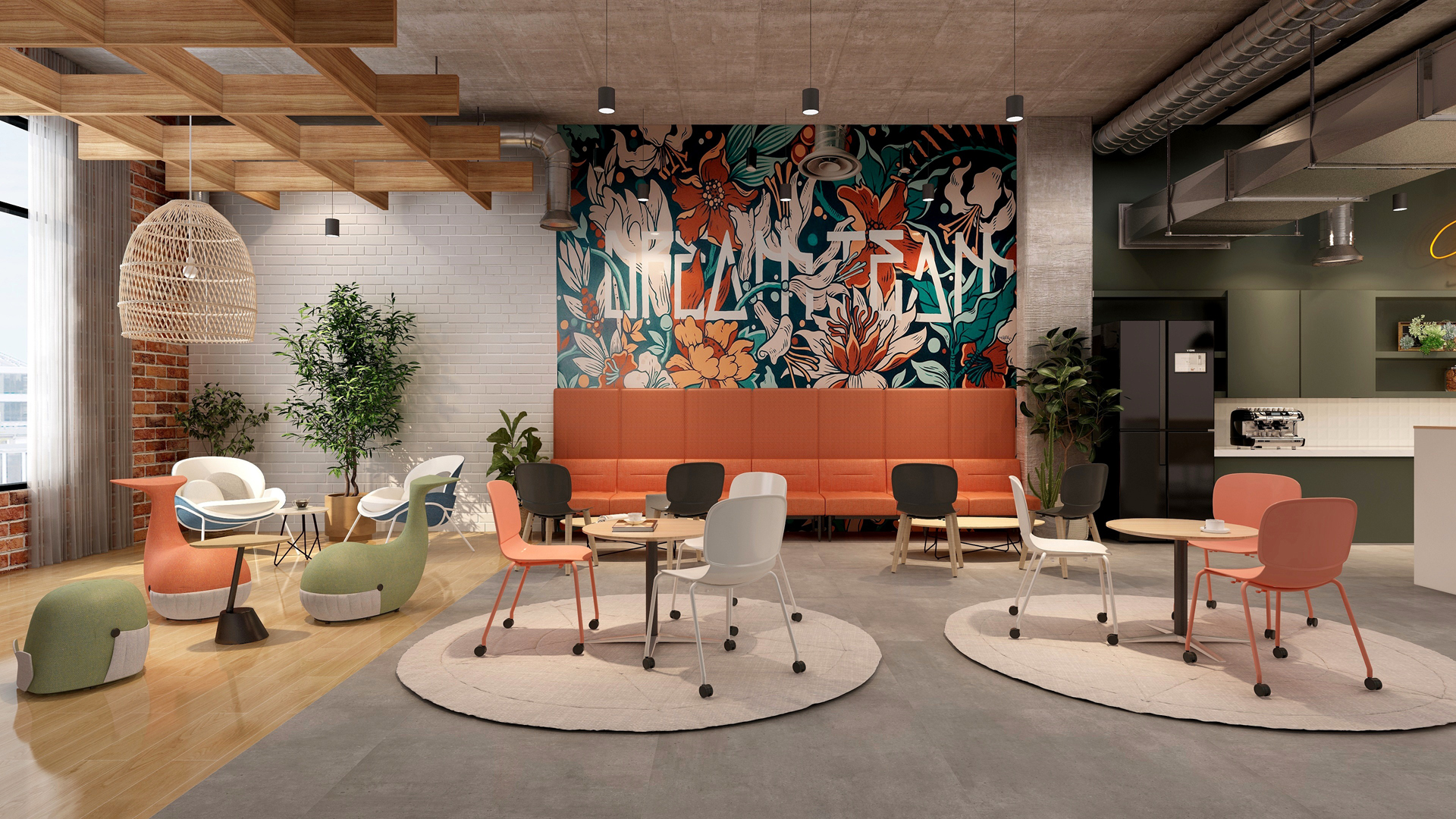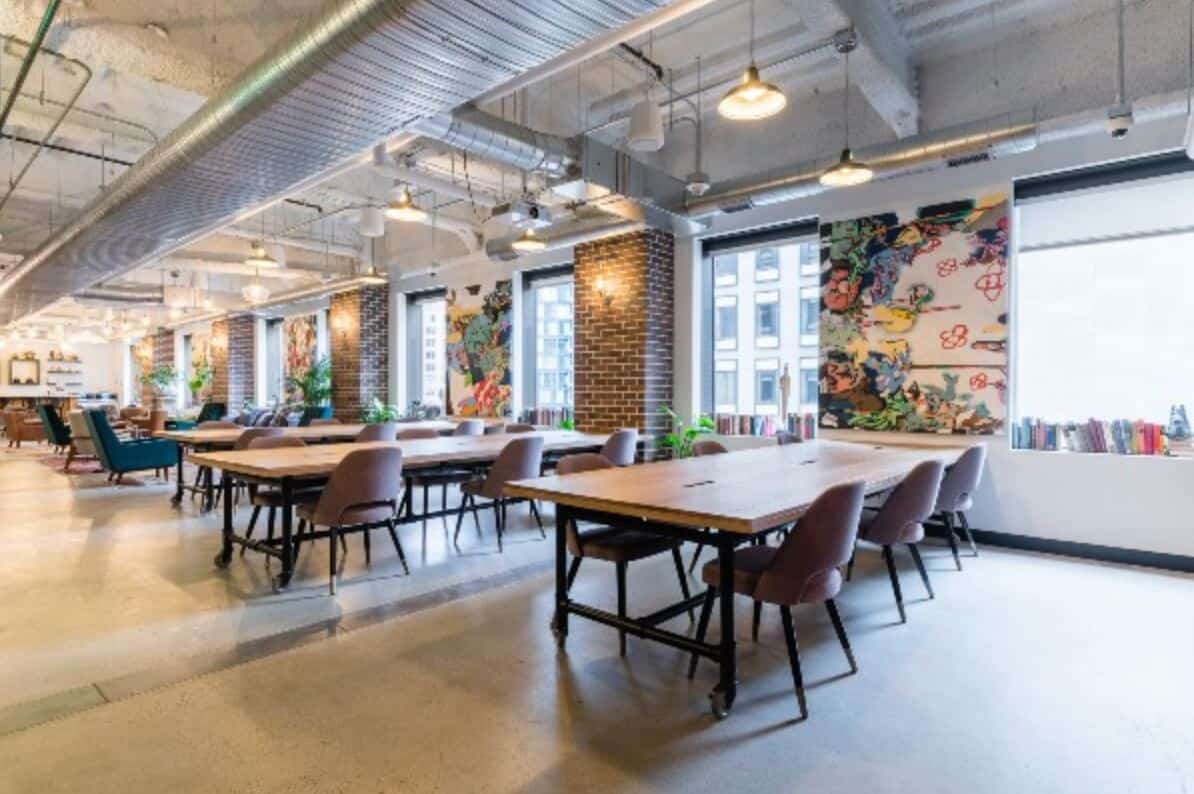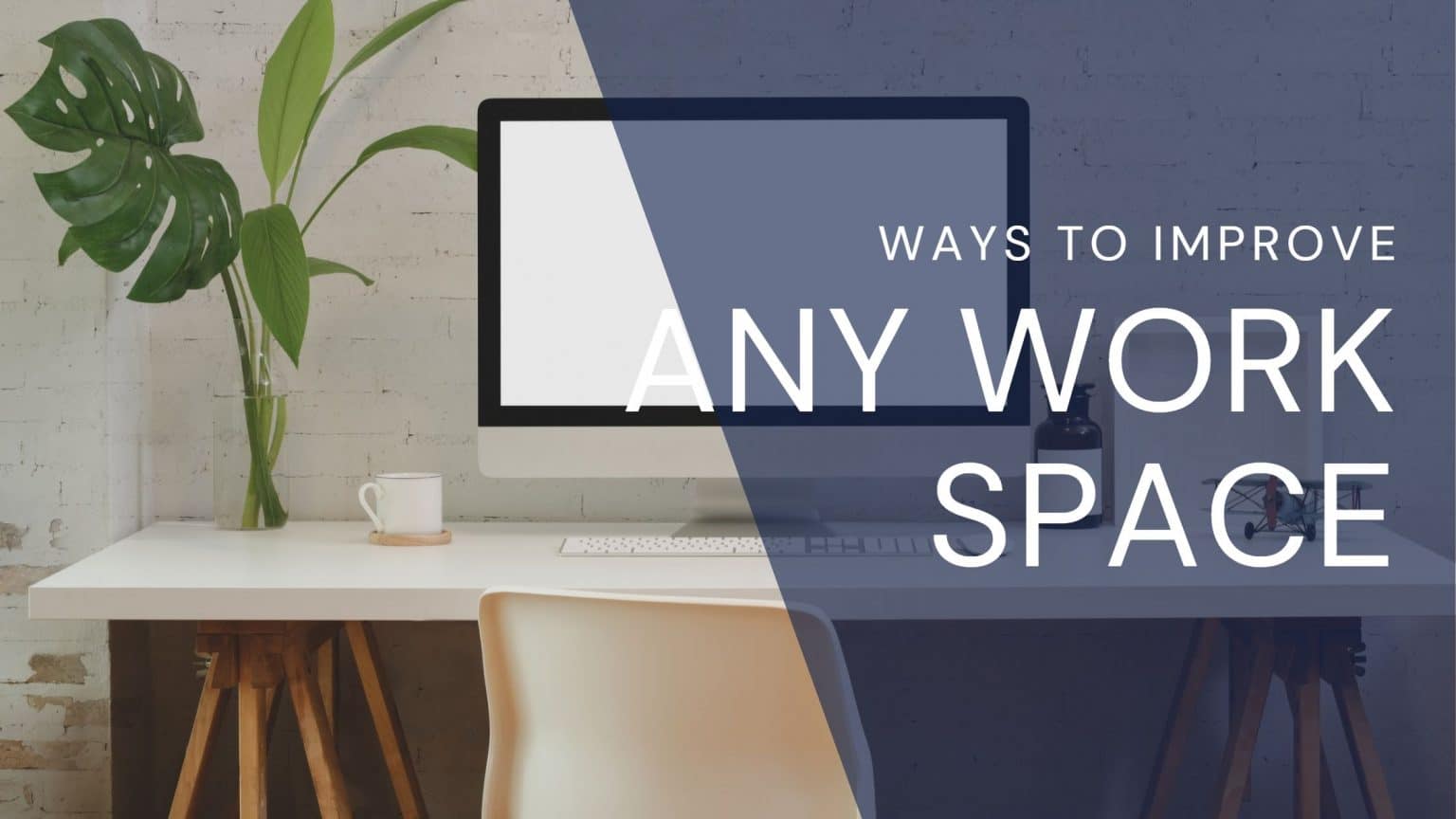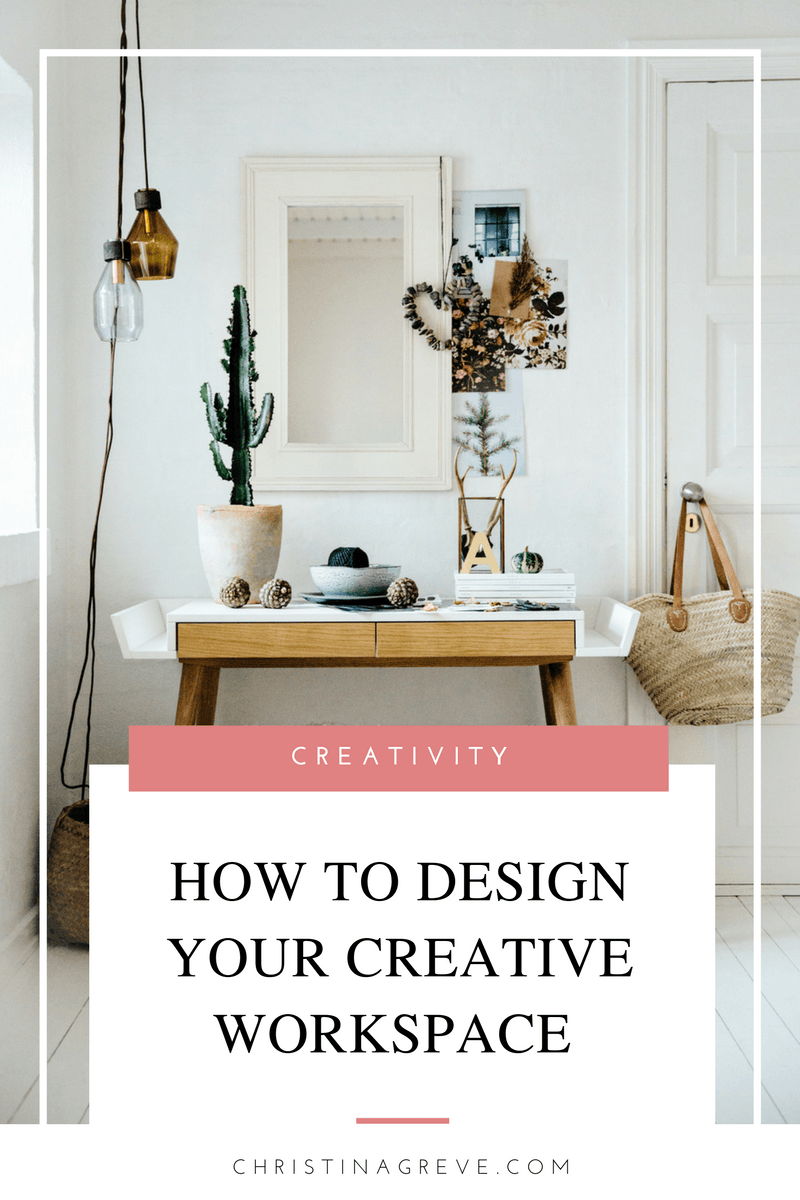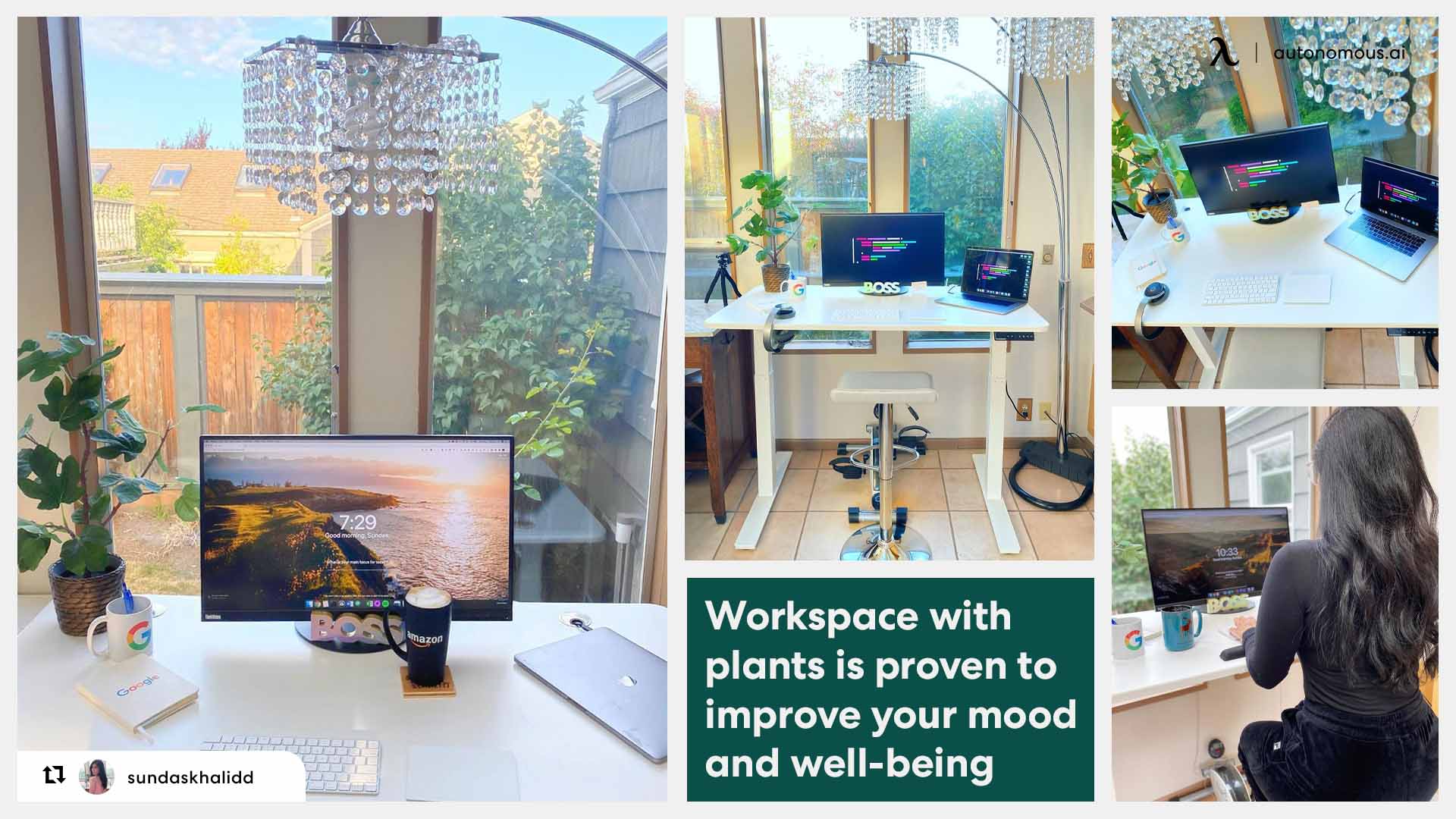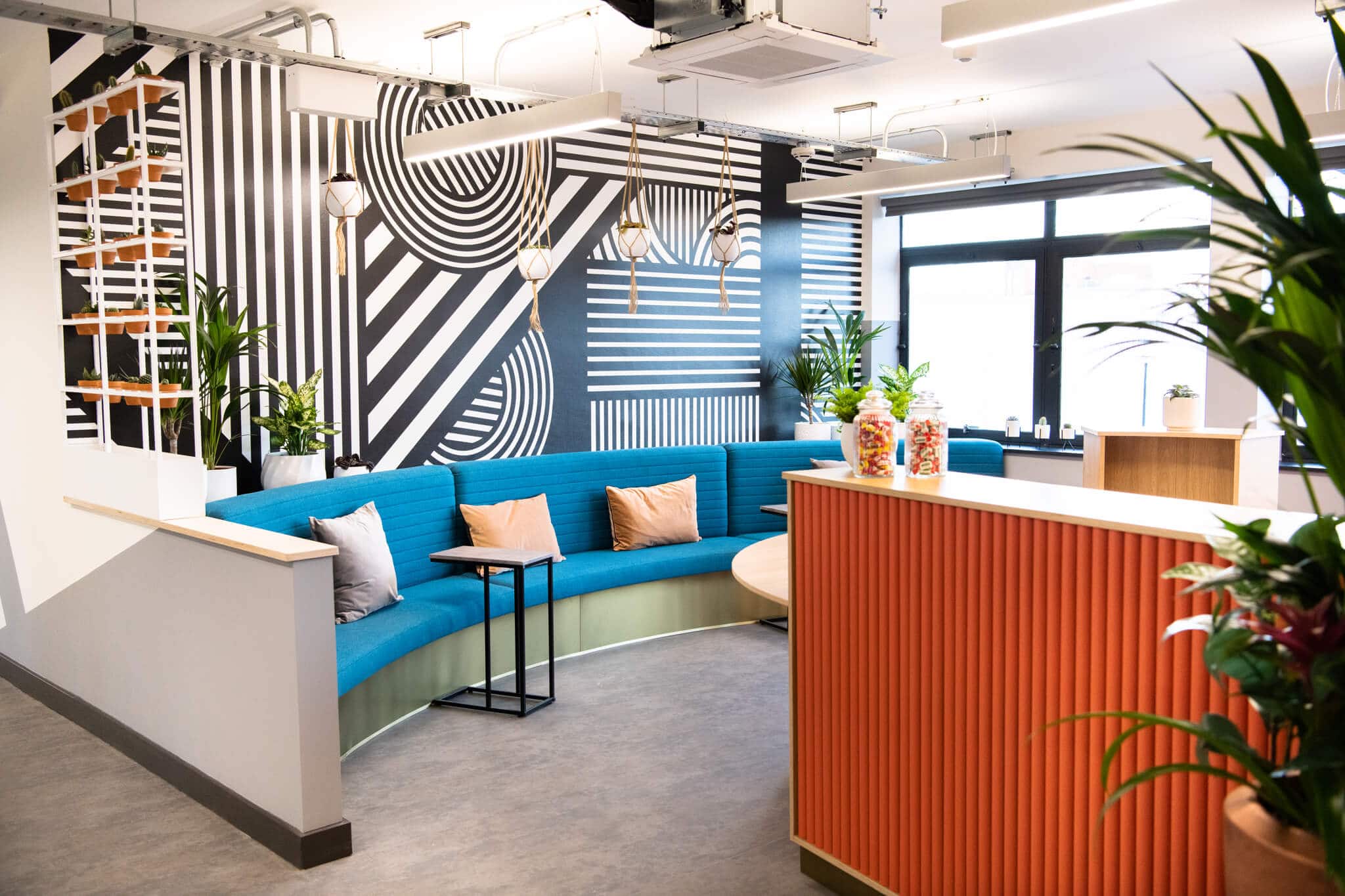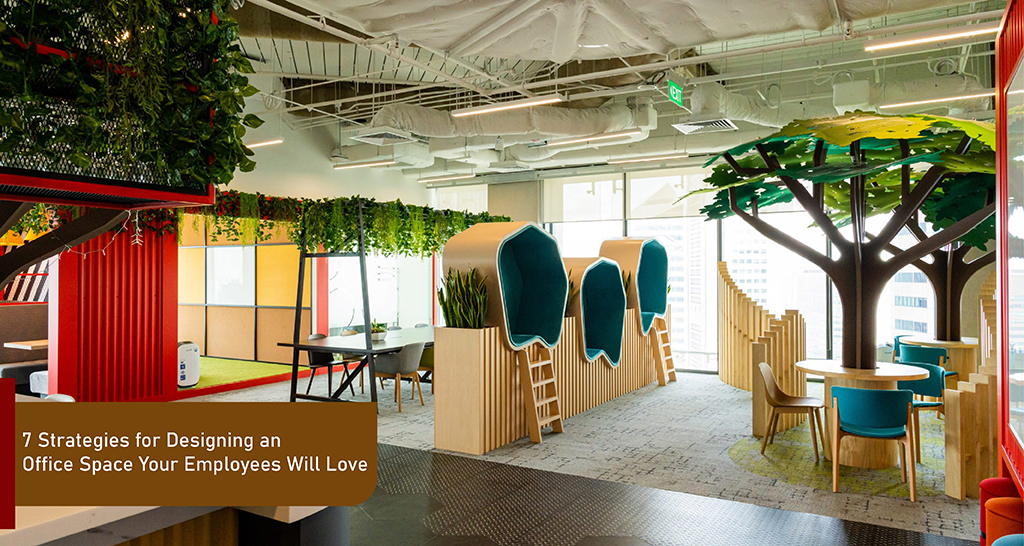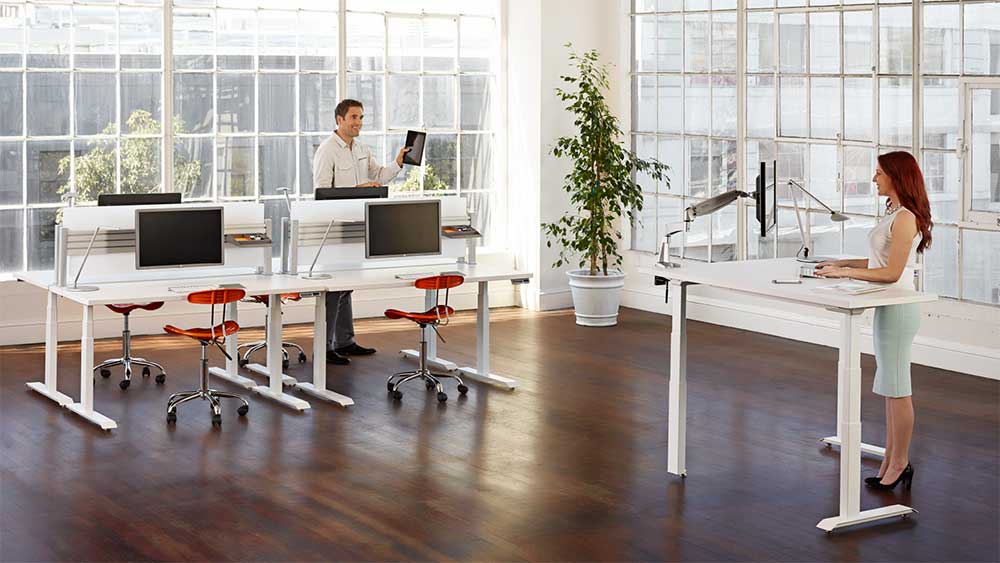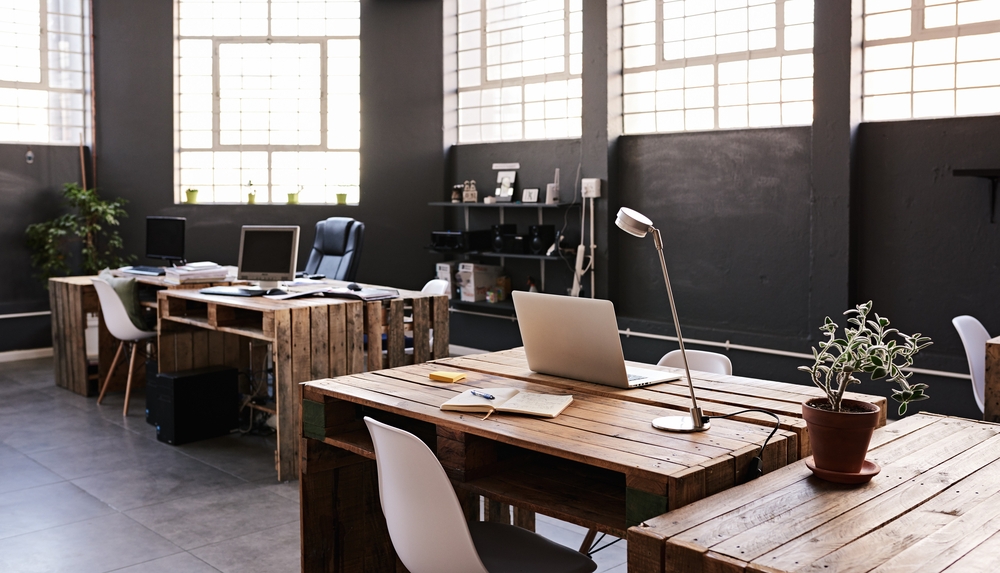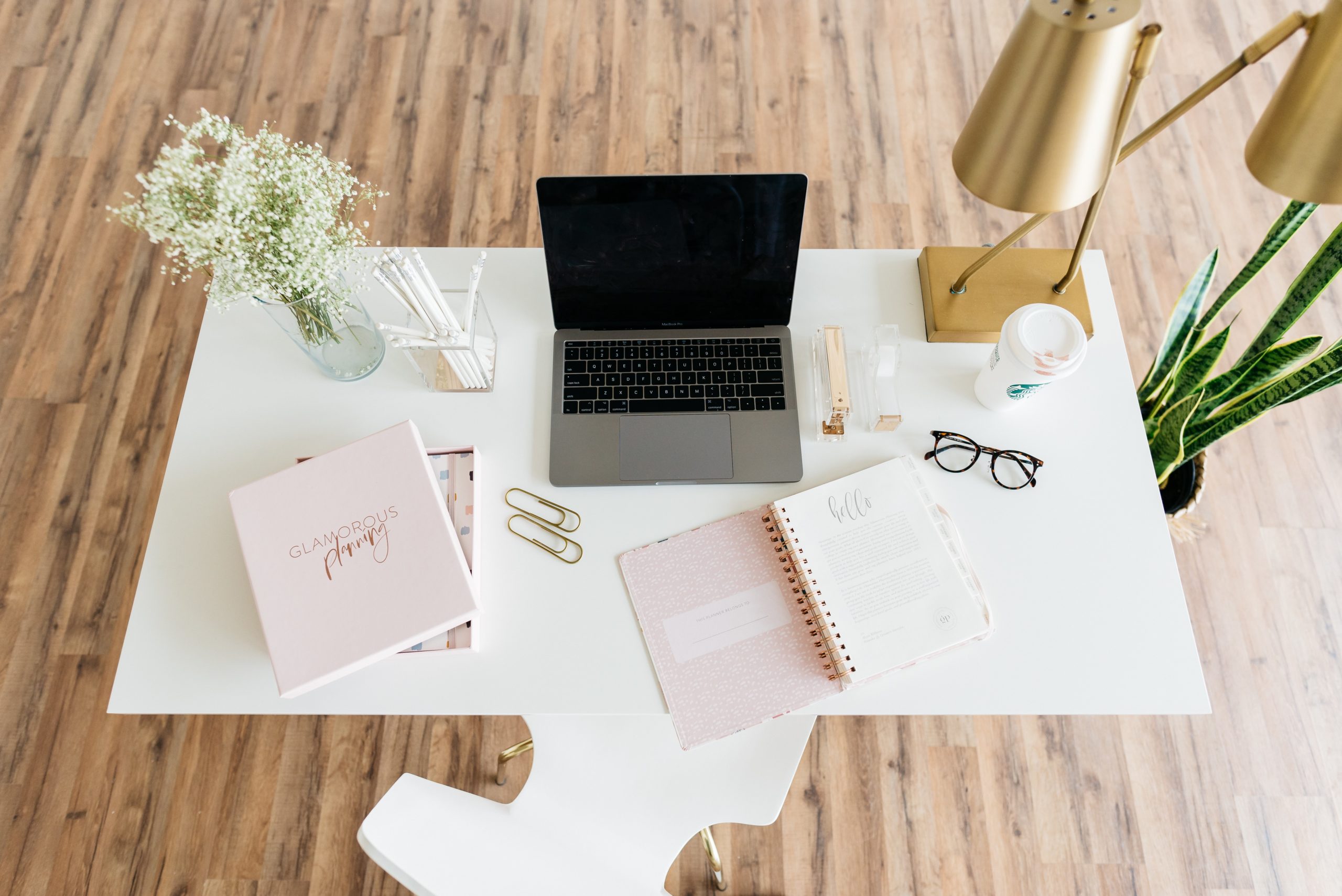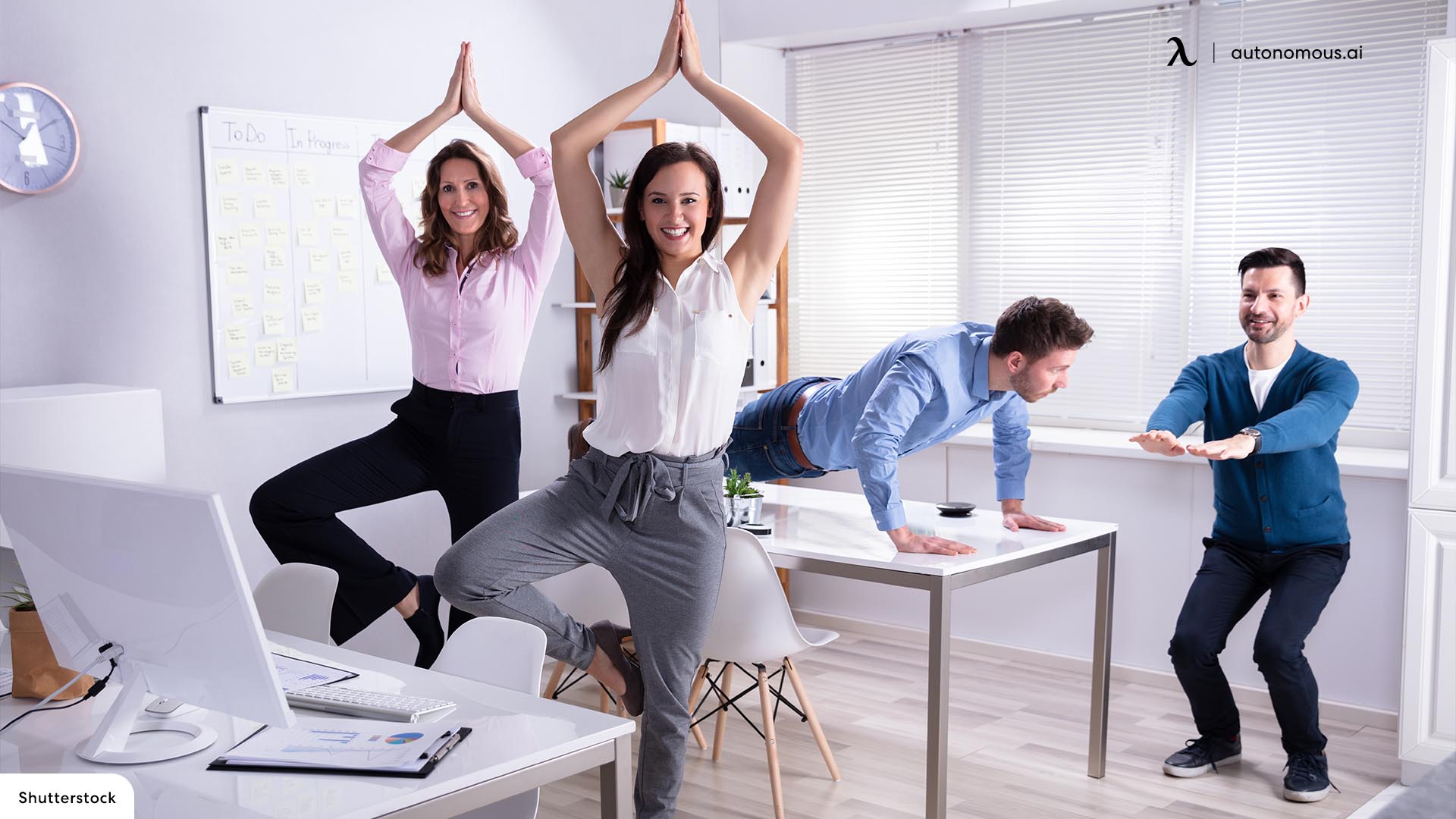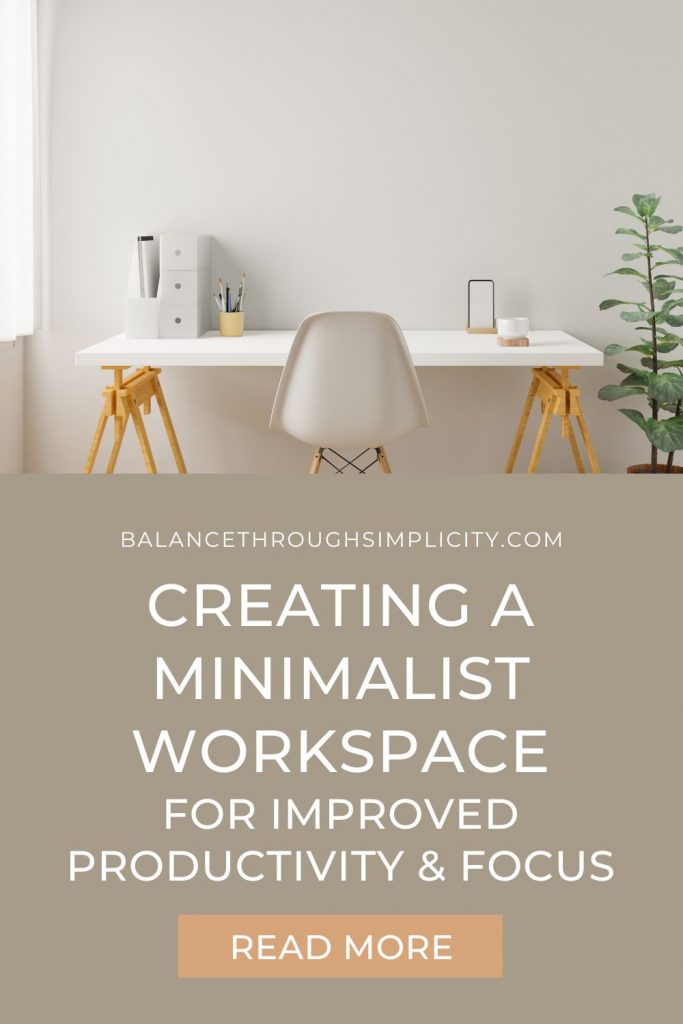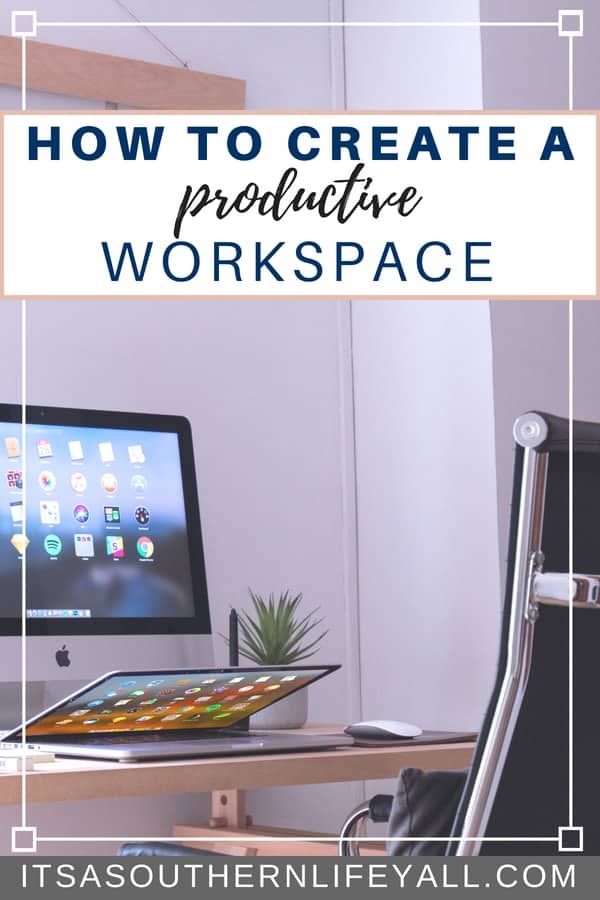How To Improve A Creative Workspace
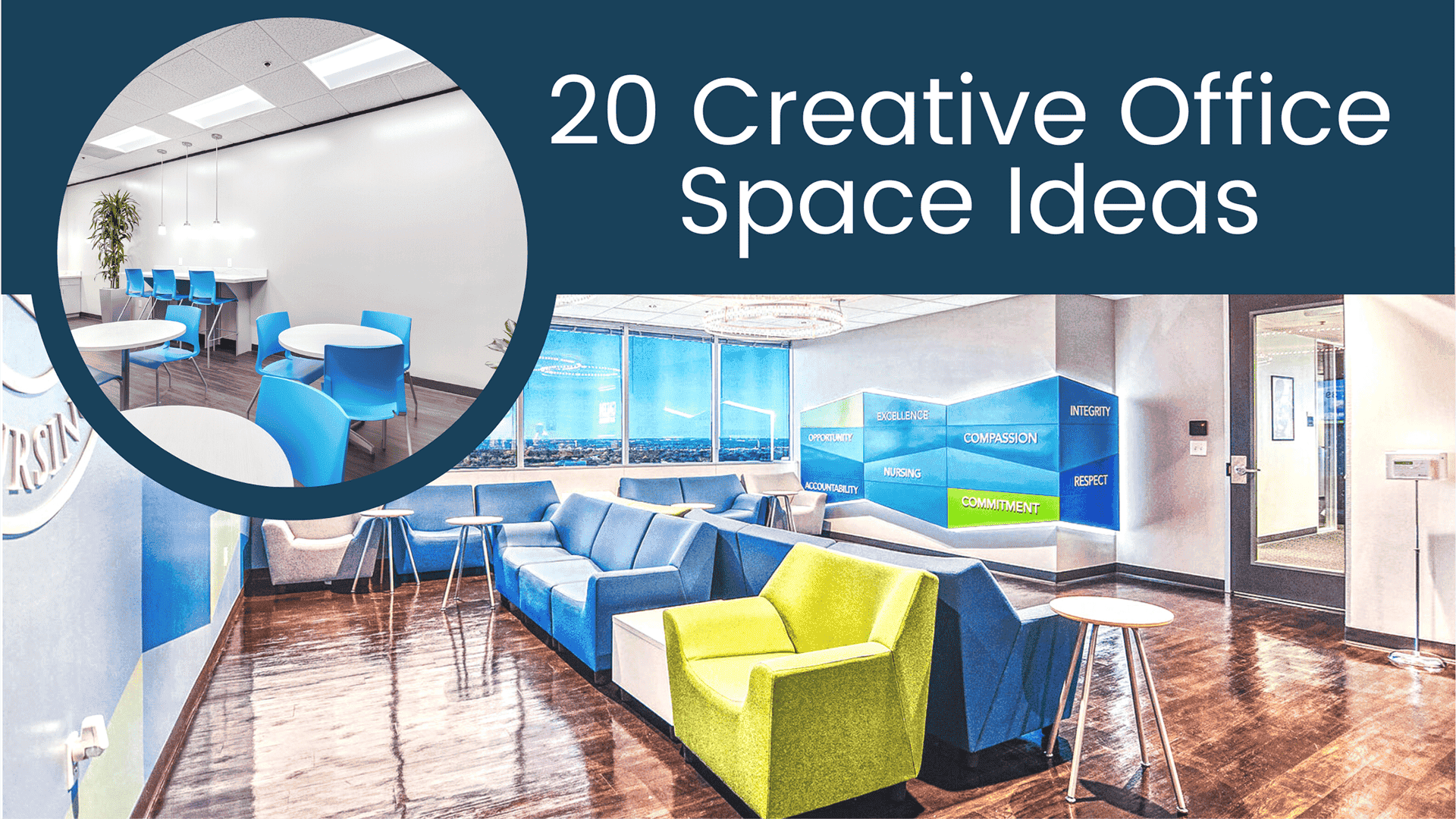
Struggling to spark innovation in your current workspace? You're not alone. Many professionals across various industries find that their physical environment directly impacts their creative output. Experts are increasingly emphasizing the importance of a well-designed and adaptable workspace to foster creativity and productivity.
At its core, enhancing a creative workspace is about cultivating an environment that stimulates new ideas and allows for seamless workflow. This involves considering factors like physical layout, lighting, organization, and personal expression, all tailored to individual and team needs. The goal is to create a space that minimizes distractions and maximizes inspiration, ultimately leading to improved innovation and efficiency.
Understanding the Fundamentals
The first step in improving a creative workspace is understanding the fundamental elements that contribute to a productive environment. This includes assessing the current space for areas of improvement and identifying what works well.
Optimizing Physical Layout
Consider the arrangement of furniture and equipment. Open spaces can encourage collaboration, while designated quiet zones allow for focused work. Harvard Business Review has published studies showing a correlation between flexible workspace designs and employee satisfaction.
Adaptability is key. Furniture that can be easily rearranged allows the space to evolve with changing project needs.
The Power of Lighting
Natural light is a significant mood booster and can reduce eye strain. Maximize access to windows and consider supplementing with full-spectrum lighting if natural light is limited. According to the National Institute of Occupational Safety and Health (NIOSH), proper lighting is crucial for preventing workplace fatigue and promoting alertness.
Declutter and Organize
A cluttered workspace can lead to a cluttered mind. Implement organizational systems like shelving, drawers, and digital tools to keep things tidy and easily accessible. Regularly decluttering helps maintain a sense of calm and control.
Personalization and Inspiration
Beyond the practical aspects, a creative workspace should reflect the individual's or team's personality and inspire new ideas. This can involve incorporating personal touches and elements that stimulate creativity.
Embrace Personal Touches
Allowing individuals to personalize their workspace can foster a sense of ownership and belonging. This can include displaying artwork, plants, or other items that bring joy and inspiration. A 2010 study by Exeter University found employees who personalize their space are more productive.
Incorporate Biophilic Design
Biophilic design incorporates natural elements into the workspace. This can include adding plants, incorporating natural materials like wood and stone, and providing views of nature. Studies have shown that biophilic design can reduce stress and improve concentration.
Color and Texture
Color psychology suggests that certain colors can influence mood and creativity. Consider incorporating colors that promote focus and creativity, such as blues and greens. Add textural elements to the space to create visual interest and tactile stimulation.
Technology and Ergonomics
In today's digital age, technology plays a vital role in the creative process. Ergonomics is equally important for maintaining physical well-being and preventing injuries.
Invest in Ergonomic Equipment
Ensure that workstations are ergonomically designed to promote good posture and reduce strain. This includes investing in adjustable chairs, monitor stands, and keyboards. The Occupational Safety and Health Administration (OSHA) provides guidelines for creating ergonomic workplaces.
Optimize Technology Setup
Organize cables and cords to minimize clutter and potential tripping hazards. Ensure that all necessary software and tools are readily accessible and functioning properly. Invest in a reliable internet connection to avoid disruptions.
Encourage Movement
Prolonged sitting can negatively impact health and productivity. Encourage employees to take regular breaks to stretch, walk around, or engage in other physical activity. Standing desks or treadmill desks can also be a good option.
Conclusion
Creating an effective creative workspace is an ongoing process that requires continuous evaluation and adaptation. By focusing on physical layout, personalization, and technology, individuals and organizations can cultivate environments that foster innovation and productivity. The return on investment in a well-designed creative workspace extends beyond mere aesthetics, positively impacting employee well-being, collaboration, and overall success.
